The scratchboard technique, traditionally known for its distinctive etched lines and textured surfaces, has transcended its physical form to captivate the digital world. I, Christina Johnson, will guides us through the intricate world of digital scratchboard techniques, empowering aspiring artists to unleash their creativity and craft captivating digital masterpieces.
Table of Contents
Delving into the Essence of Digital Scratchboard Techniques

Digital scratchboard techniques emulate the traditional scratchboard process of meticulously scratching away layers of ink or paint to reveal underlying textures and create intricate linework. In the digital realm, artists employ specialized software and tools to replicate the physical process, allowing them to achieve the same expressive and textured effects without the mess or limitations of traditional scratchboard art.
Understanding Scratchboard Technique:
Scratchboard art traces its origins back to the 19th century, evolving from the age-old art of etching. Traditionally, artists used specially prepared boards coated with layers of white clay and black ink. They would then scratch away the ink to reveal the white layer underneath, creating detailed and high-contrast images.

Transition to Digital Platforms:
The advent of digital art software and graphic tablets revolutionized artistic expression. Artists discovered the potential to replicate traditional techniques digitally, leading to the emergence of digital scratchboard art. Software like Adobe Photoshop, Corel Painter, and Procreate offer tools and brushes that simulate the scratchboard effect, enabling artists to create stunning pieces with a similar aesthetic to traditional scratchboard art.
Techniques in Digital Scratchboard Art
1. Brush Selection:
Digital scratchboard artists utilize a variety of custom brushes to mimic the texture and feel of scratching into a surface. These brushes emulate the effect of traditional scratchboard tools, offering a range of textures, depths, and opacities.
2. Layering Techniques:
Similar to traditional methods, artists work in layers to build depth and detail in their digital scratchboard pieces. Starting with a base layer, they progressively add details, utilizing different opacities and blending modes to achieve the desired effect.
3. Texture and Detailing:
Achieving the characteristic texture of scratchboard art is pivotal. Artists experiment with brush strokes and eraser tools to emulate the fine lines and intricate details associated with this technique. They often combine various brushes and techniques to create a rich and textured surface.
4. Contrast and Lighting:
Mastering contrast and lighting is fundamental in digital scratchboard art. Artists manipulate light sources and shadows to create depth and drama, enhancing the visual impact of their pieces.
Advantages of Digital Scratchboard:
1. Undo and Redo Functions:
Digital platforms offer the advantage of undo and redo functions, allowing artists to experiment fearlessly and refine their work without the limitations of traditional media.
2. Endless Iterations:
Unlike traditional scratchboard art, digital platforms enable artists to create multiple versions or iterations of their work effortlessly. This flexibility encourages creativity and exploration.
3. Accessibility and Cost-Efficiency:
Digital scratchboard techniques eliminate the need for specialized materials, making it a more accessible and cost-effective option for artists looking to explore this art form.
Mastering the Art of Digital Etching: Creating Textured Surfaces
Digital etching, a crucial aspect of digital scratchboard techniques, involves meticulously removing layers of digital ink or paint to reveal underlying textures and create depth. Artists can control the intensity and direction of their strokes to achieve a wide range of textured effects, from subtle scratches to bold lines.
Crafting Intricate Linework: The Foundation of Digital Scratchboard
Linework, the foundation of digital scratchboard art, is achieved through controlled digital etching, creating a network of intersecting lines that define the forms and details of the artwork. Artists can vary the thickness and intensity of their lines to add dimension and emphasis to specific elements of their composition.
Digital tools have revolutionized the practice of scratchboard art, providing artists with greater control, precision, and flexibility. Specialized software allows artists to adjust brush settings, layer opacity, and blend modes, enabling them to achieve a wider range of textures, effects, and creative possibilities.
The Creative Process: Unleashing Artistic Expression
Digital scratchboard techniques encourage a unique creative process, where artists must carefully plan their composition and linework, considering the interplay of light and shadow and the interplay of positive and negative space. The process demands patience, precision, and a keen eye for detail, rewarding artists with intricate and expressive digital masterpieces.
Conclusion
By mastering these techniques, artists can unleash their imaginations, create intricate and textured digital artworks, and push the boundaries of traditional scratchboard art into the digital realm. As the world of digital art continues to evolve, it is known that insights and techniques empower artists to create stunning and evocative digital masterpieces, one meticulously crafted line at a time.
Digital scratchboard techniques represent a harmonious blend of traditional artistry and modern technology, offering artists a versatile and innovative platform for creative expression. As this art form continues to evolve, it presents endless possibilities for artists seeking to explore the intersection of tradition and digital innovation in their work.



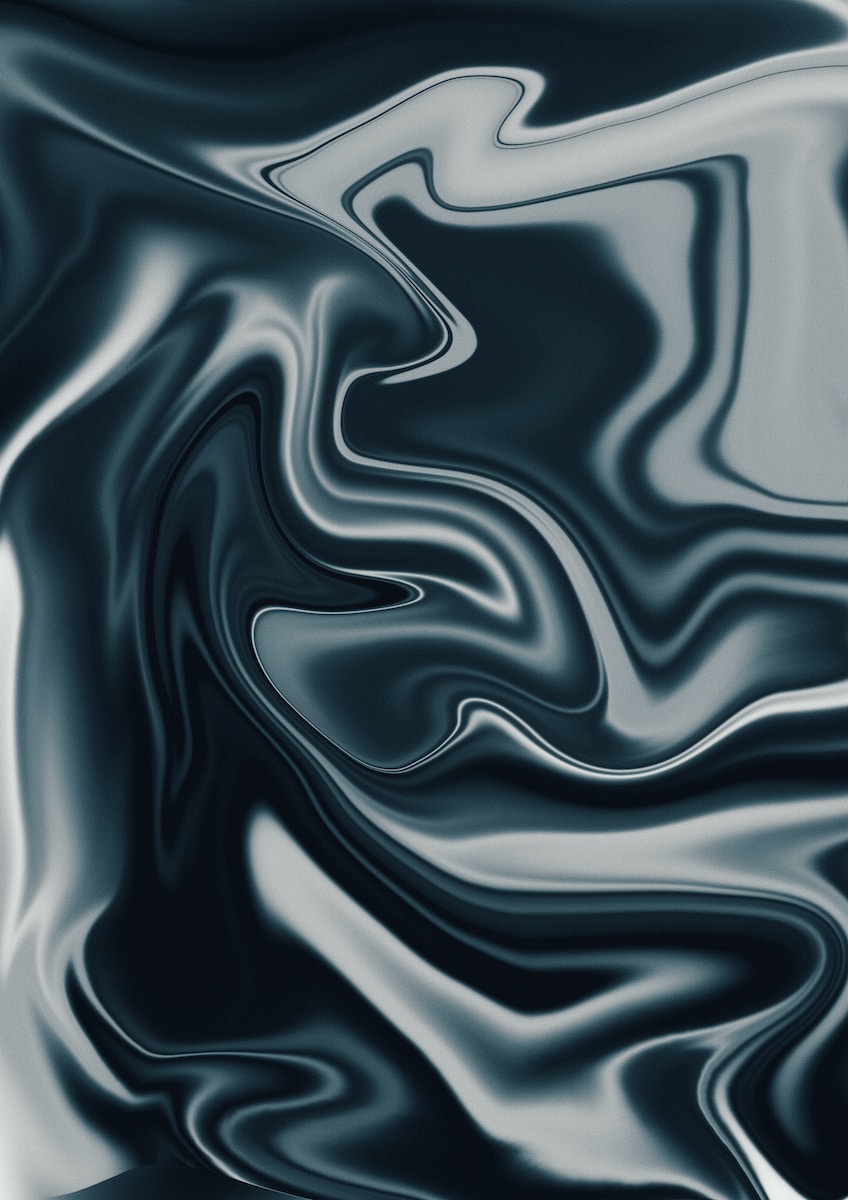
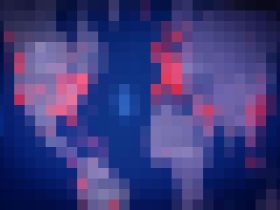
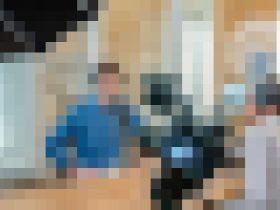


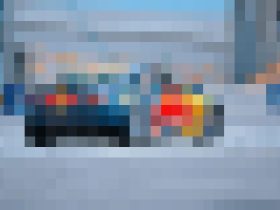

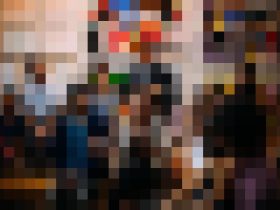



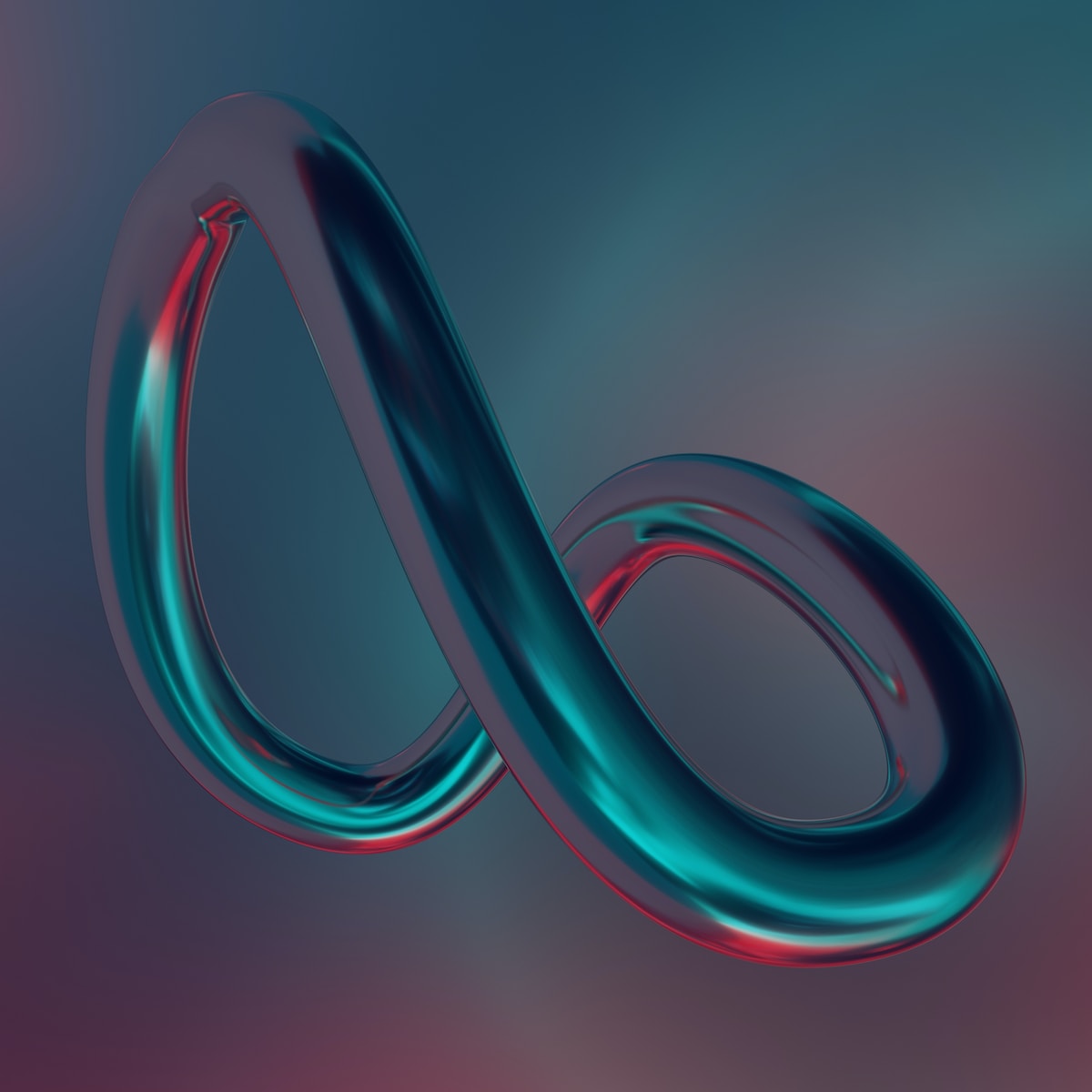
Got a Questions?
Find us on Socials or Contact us and we’ll get back to you as soon as possible.